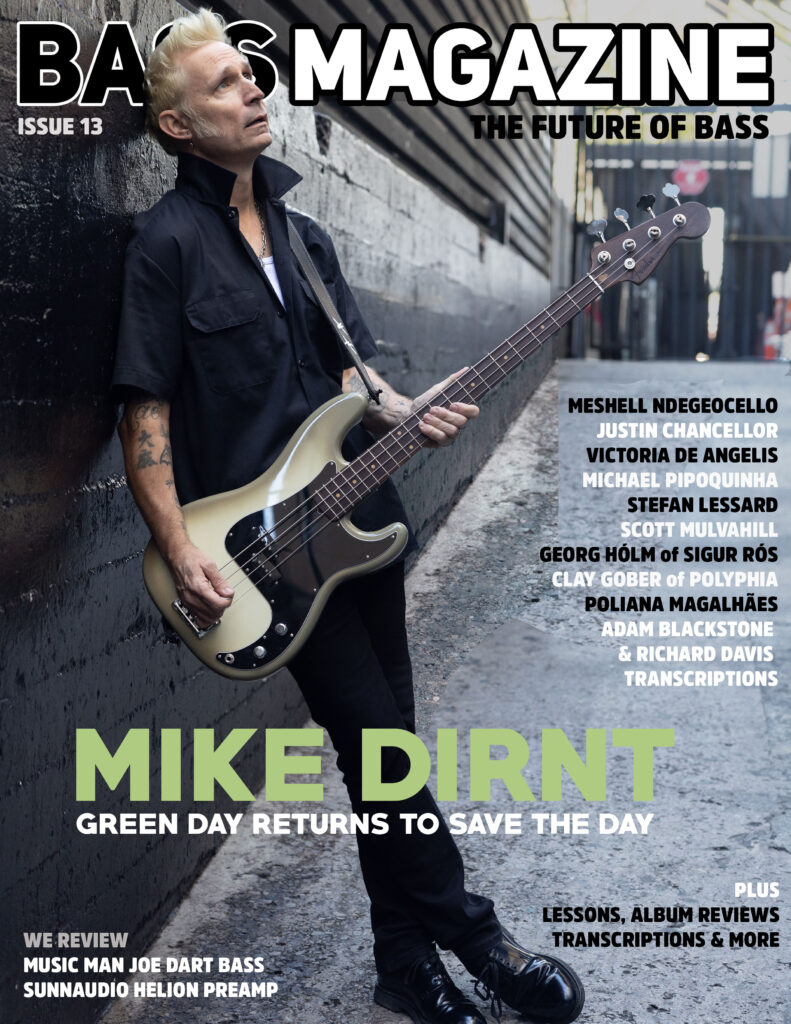The Little Mark Vintage is a compact but powerful amp with classic tones and stylish looks.
While there is still a host of large, heavy bass amps out there that require significant muscle to move, most players, like myself, have embraced the small, lighter-weight Class D amps that take up very little real estate and pack enough of a punch to play most small to medium-size venues. One of the main benefits of their size is their mobility. I’ve toured Europe a few times with this size of amp stashed in my gig bag. I needed a cabinet to be backlined, but I always knew what kind of head I was going to be working with for the gig. Respected Italian amp and cabinet builder Markbass has been participating in this small-amp market for some time via its “Little Mark” series; the most recent offering, the Little Mark Vintage 500, brings together the best of the old and the new.
Before I get to the actual testing, I want to say that I dig the way this head looks and feels. The vintage-style knobs look cool and roll smoothly, and I appreciate the big master-volume knob (too many ma









